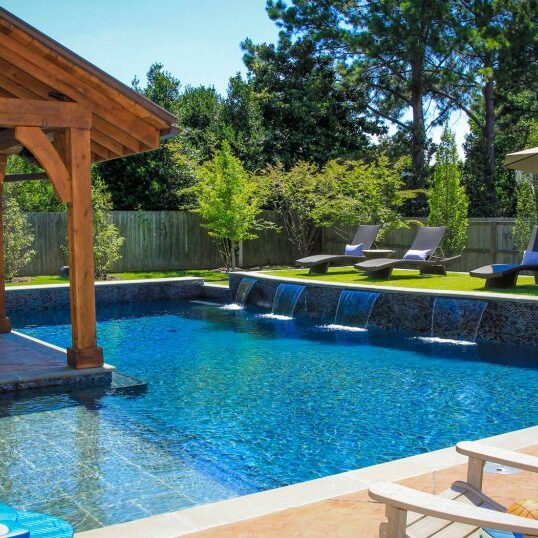Pool vs. swim spa: The winner surprised even us
We’ve been installing pools since 1967, so it shouldn’t come as a surprise that we love them. The planning. The digging. The installation. And, of course, that first, delicious cannonball into the deep end. But more and more families with small backyards are coming to us looking for alternatives to the traditional pool. “Which is better?” they ask. “Swim spa or pool?” Here’s our answer.
First, what is a swim spa? Also known as a swim spa, plunge pool or endless pool, swim pools are mini-pools that combine the family fun and exercise of a pool with the soul-restoring soak of a hot tub. They’re smaller than traditional pools (the longest available is 19-feet) so they’re great for small lots. But we’re getting ahead of ourselves.
So. Swim spa vs. pool. Who will win the backyard fun faceoff? Keep reading to find out.
-
SMALL BACKYARD
Winner: Swim spa
Swim spas range in size from 12- to 19-feet long, so if you have a small backyard you can have it all: pool, BBQ, and seating area. You also get both a pool and hot tub in one space-efficient package.
-
COST
Winner: Swim spa
Your upfront costs will be higher for a pool—around 35% more—unless you want to install your swim spa inground, which makes the price difference between a pool and swim spa less. Then there’s the add-ons. A swim spa or swim spacomes with a safety cover that can withstand the weight of people and pets, plus snow. A safety cover for a pool costs $2,500 to $5,000 (and is pretty hard to remove). The annual costs for a pool are higher, too (think water, chemicals and equipment). A new vinyl pool will need a liner replacement in 10 to 15 years. A swim spa has no liner to be replaced—the shell should last a lifetime. A high quality swim spa should come with a 10-year warranty, too. Hard to match that with a pool.
-
YEAR-ROUND USE
Winner: Swim spa
The pool season in southern Ontario is about four to six months. You can extend your swim season to 12 months quite economically with some swim spas, thanks to the reuse of waste heat from the pump, insulation in the unit’s shell, an efficient filter system, and an insulated safety cover. Do your homework when researching your swim spa or swim spa manufacturer to determine how much it’ll actually cost to run your swim spa in the winter.
-
ENTERTAINING
Winner: Pool
Having a large pool party—especially with boisterous kids—is a challenge given the space constraints of a swimpool.
-
PERMITS
Winner: Swim spa
Municipalities require a permit and inspections if you’re building a pool. Many Ontario municipalities put swim spas in the same class as hot tubs, which don't require a permit. Check with your municipality to make sure you don’t require a permit or the requisite survey to locate utilities or fencing for a swim spa. (Your swim spa can be secured with a lock on the cover so kids will still be safe, though.)
-
INSTALLATION
Winner: Swimpool
All you need to install a swimpool is a concrete pad. (You can get fancier, of course.) Typical installation is three days, compared to a pool’s seven to 14-day installation timeline.
-
AESTHETICS
Winner: Pool
Swim spas can be beautiful, but that requires digging, decking and other landscaping. Compare a swim spa plopped on a concrete pad with an in-ground pool and there’s no contest in the looks department. (A simple above-ground swim spa is going to look better than a simple above-ground pool, though.)
-
MAINTENANCE
Winner: Swim spa
You’re not getting out of maintenance if you own a swim spa, but there’s less work to do on an ongoing basis, particularly if the manufacturer you choose provides pressure filtration rather than a gravity system.
-
CLEANLINESS
Winner: Swimpool
Swimpools filter water much faster than a pool. For example, a Hydropool swim spa’s water is fully filtered every 15 minutes. Most swimming pools completely filter their water in 12 to 18 hours.
-
ENVIRONMENTAL FOOTPRINT
Winner: Swim spa
Swim spas are designed for energy conservation and efficiency (Hydropool’s are the most energy efficient in the world). They use less water, take less energy to heat the water, and some are super-insulated.
-
FITNESS
Winner: Swim spa
If you’re rehabilitating an injury, training for a sport or simply getting fit, a swimp spa allows you to experience a true long distance swim—no turns required. Swim spas can be customized with equipment and features such as rowing machines, exercise bars and resistance band training. Some models come standard with aquafitness steps. A Hydropool swim spa has a swim channel that can accommodate a kayak! End your swim with ergonomic seating and massage jets. Take that, slides and diving boards!
-
DESIGN FLEXIBILITY
Winner: Pool
A pool lets you customize the shape, size, depth, and swimming experience. If you want a deep end, you’ll need to go with a pool. If you want big, you’ll have to go for a pool. Swimpools can’t compete on any of these fronts—you can customize the accessories and the experience, but not the size, shape or depth.
-
PORTABILITY
Winner: Swim spa
If you’re moving and you love your swim spa(or the person who wants to buy your home doesn’t), you can take it with you. A pool? Not so much. This flexibility can be a blessing.
-
INDOOR INSTALLATION
Winner: Swim spa
You can put your swim spa indoors, in a garage, solarium or walk-out basement. The installation costs are less than an indoor pool, and because the surface area of the water is smaller than a pool, mould and chemical smells may be less of an issue.
If you think the swim spa's the winner, but aren't sure which size is right for you, take our quiz!
RELATED ARTICLES
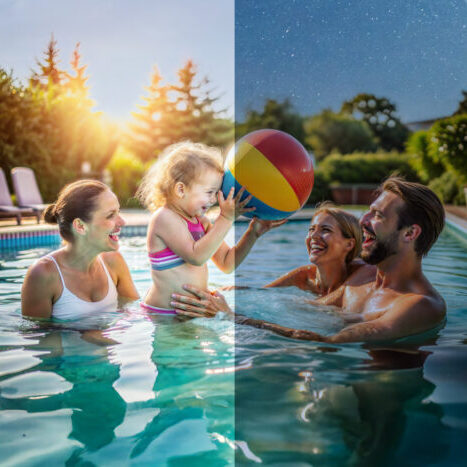
Luna + Solei: 24/7 Pool Care That Works While You Rest and Play

Upgrade Your Pool Filtration with AFMng: Say Goodbye to Sand, Hello to Sparkling Water

Plunge Pool vs. Traditional Swimming Pool: Which One Is Right for You?
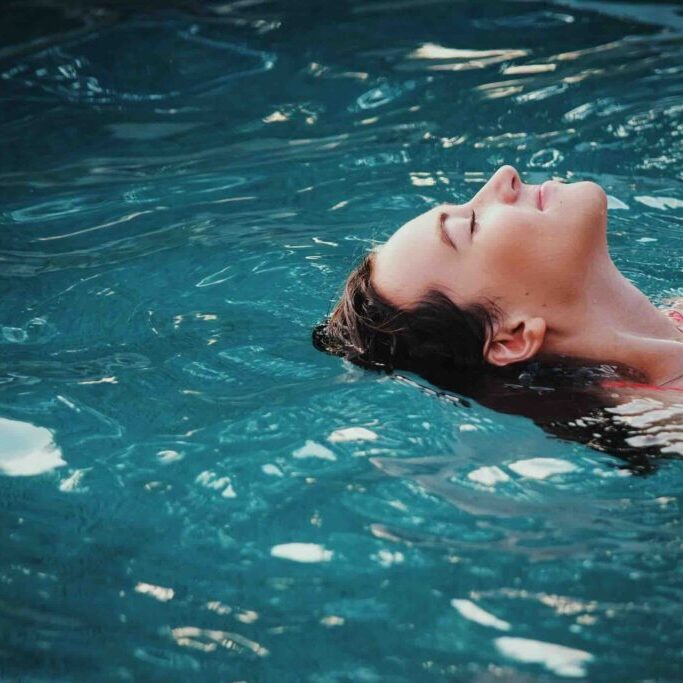
What is a plunge pool, and should I get one?

Understanding and Addressing Pool Liner Wrinkles

What is a Pool Orientation and Why is it Essential for New Pool Owners?
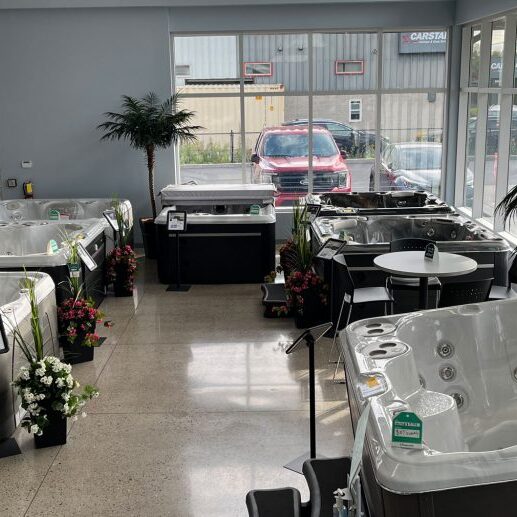
Benefits of In-Person Shopping for Hot Tubs, Pools & Swim Spas
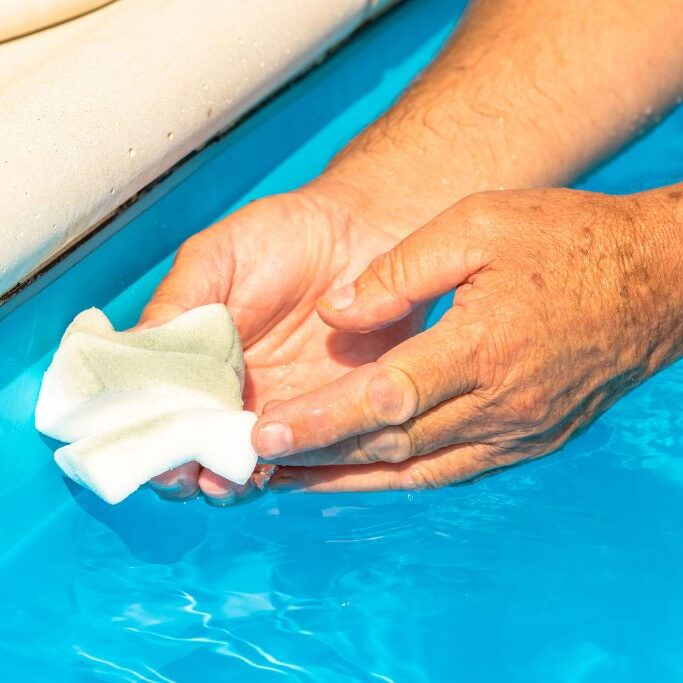
How to Treat and Prevent Metals and Staining
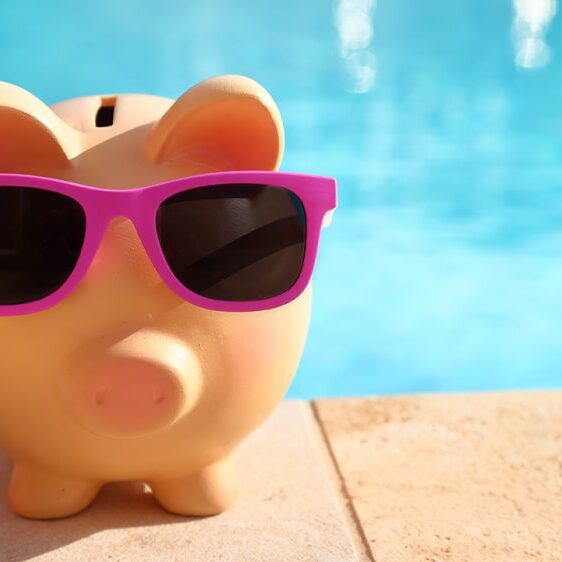
Should I finance my pool purchase?
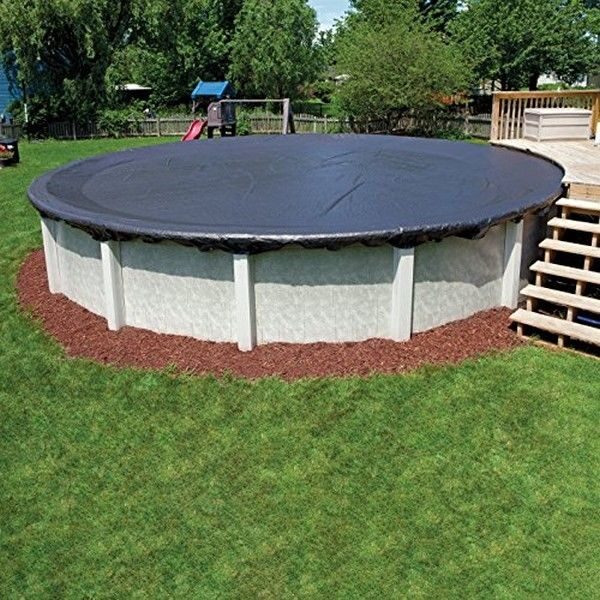
Above Ground Pool Closing Instructions
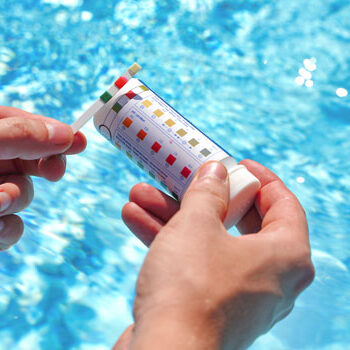
The Benefits of Borate to Treat Your Pool
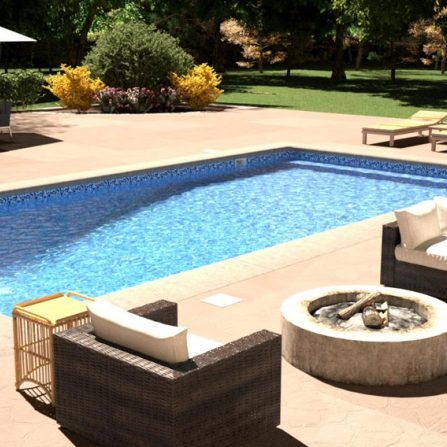
How to Reduce Phosphates in Your Pool
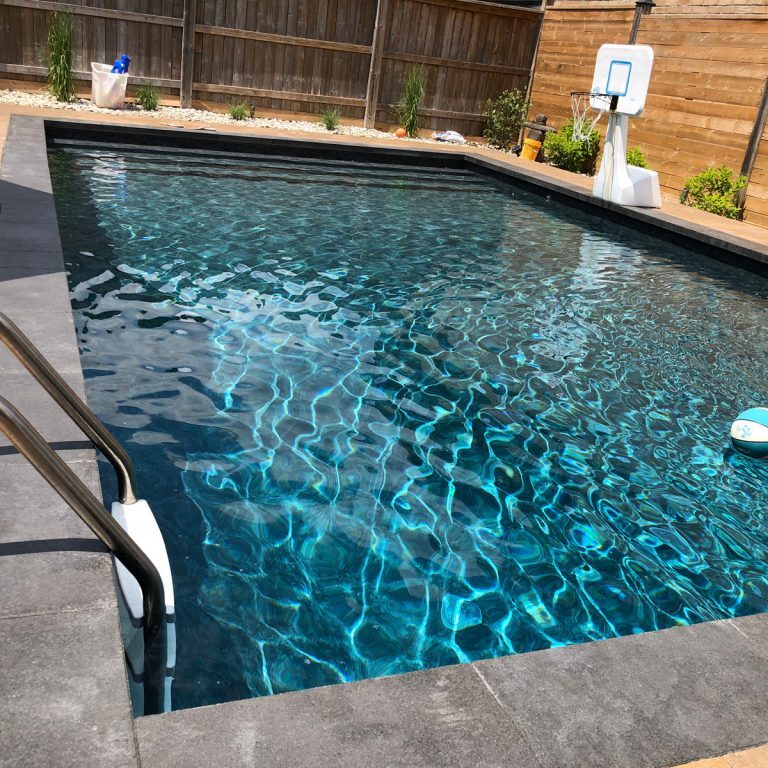
Spring Set-up for Pool UV Systems
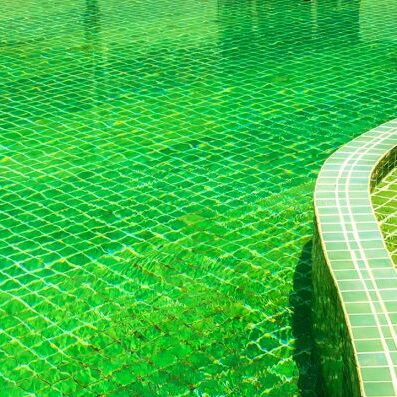
How to Treat Pool Algae
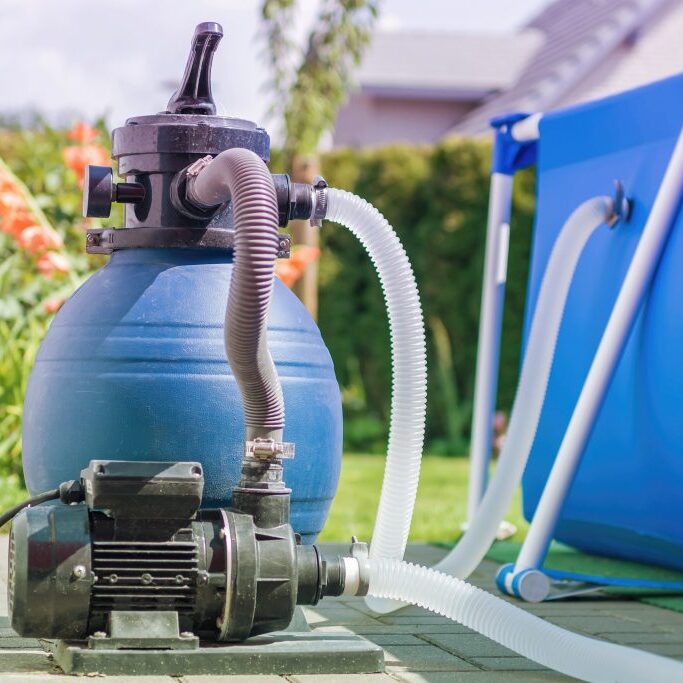
How to Change & Clean the Filter Media

How to Clean a Pool Salt Cell
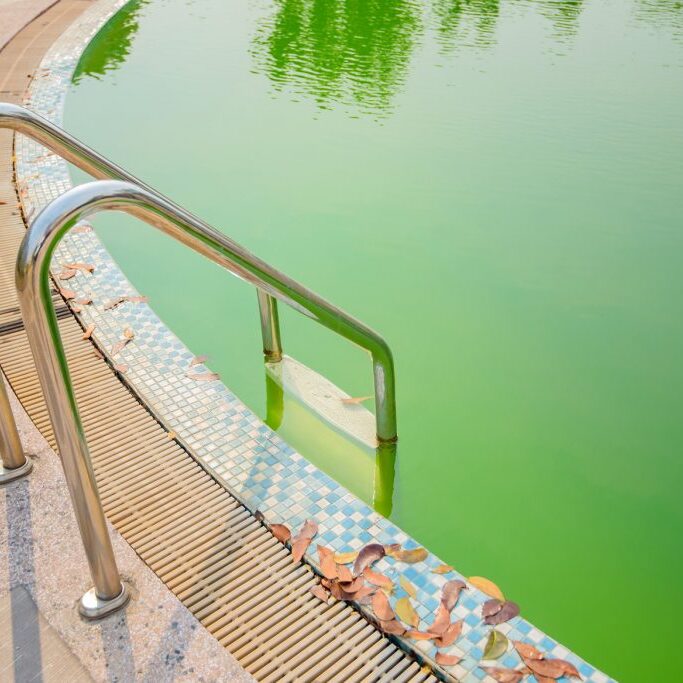
How to Treat and Prevent Cloudy or Foggy Pool Water



